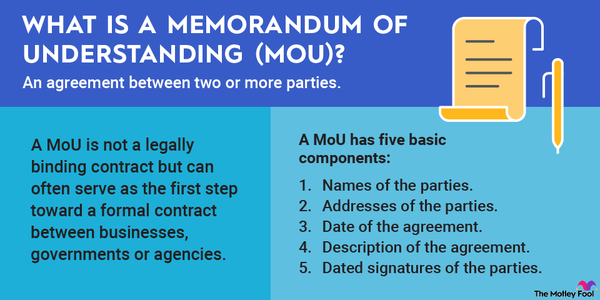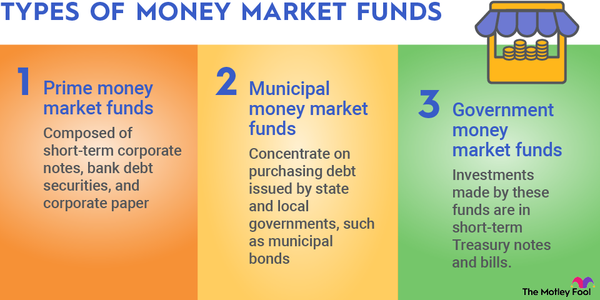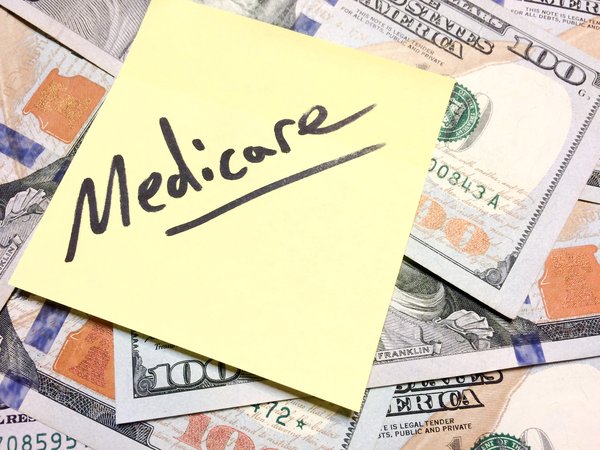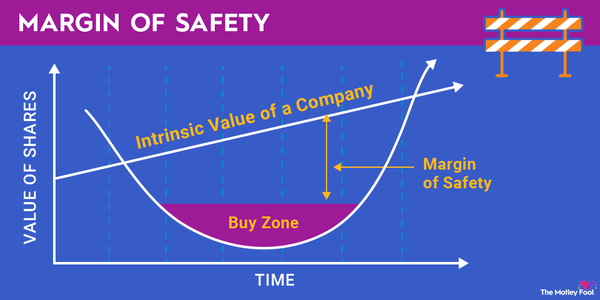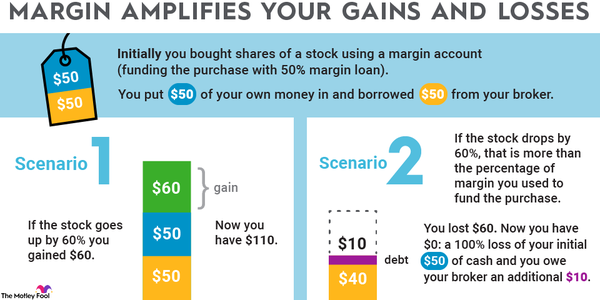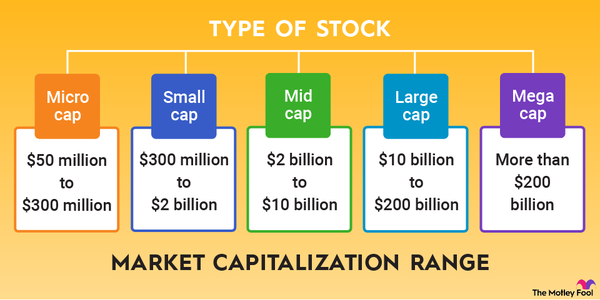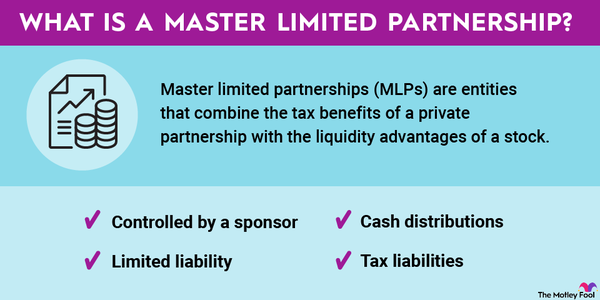Medicare Advantage is a private alternative to the federal Medicare program that provides health insurance for 65.7 million elderly and disabled people -- almost 1 in 5 Americans. We'll discuss the history of the program, its pros and cons, and the market for companies offering Medicare Advantage plans.

What is Medicare Advantage?
What is Medicare Advantage?
Medicare is a federal program designed to provide health insurance for older adults and some disabled Americans. It was created in 1965 to increase financial security for older people who had stopped working and were ineligible for employer-sponsored health insurance.
Although private health plans to supplement Medicare costs have been available since the program's inception, Medicare Advantage, also known as Part C Medicare, didn't take off until a 1997 law authorized providers to offer plans that were roughly equivalent to the federal version. Slightly more than half of eligible Medicare beneficiaries are now covered by Medicare Advantage plans.
Pros and cons
Medicare Advantage pros and cons
The creation of Medicare Advantage was largely viewed as a measure to curb the rising healthcare costs for U.S. seniors. According to the Centers for Medicare and Medicaid Services, part of the U.S. Department of Health and Human Services, Americans spent $4.3 trillion on healthcare in 2021, or 18.3% of the gross domestic product. People over 65 accounted for $1.2 trillion in healthcare spending in 2020, the latest year for which data is available.
At the time of its creation, Medicare Advantage was seen as having several benefits over traditional Medicare:
- People with private plans might enjoy benefits not available under traditional Medicare, such as dental, hearing, vision, and prescription drug coverage and (sometimes) health club memberships.
- Out-of-pocket costs could be lower for Medicare Advantage plans; the government set the maximum at $8,300 in 2023 and $8,850 in 2024. People enrolled in traditional Medicare plans are often unpleasantly surprised to learn they're on the hook for 20% of all costs for Part B services, including basic healthcare, like doctor visits, outpatient surgeries, and other potentially expensive services.
- All benefits would be coordinated by one insurer rather than multiple providers.
- Rising healthcare costs might slow since insurance companies could partially control costs by steering people from Medicare Advantage to their own networks, such as health maintenance organizations (HMOs) and preferred provider organizations (PPOs).
The promise of Medicare Advantage, however, hasn't entirely panned out. Despite spending more on healthcare than any other country, the U.S. continues to rank dead last in healthcare outcomes among 10 Organisation for Economic Co-operation and Development (OECD) nations.
And, like virtually every other U.S. healthcare consumer, Americans enrolled in Medicare Advantage programs have a number of complaints:
- Insurers are incentivized to limit, rather than provide, medical services because the federal government pays them a fixed amount per patient. People enrolled in Medicare Advantage often must jump through hoops to receive authorization for all but the most life-threatening medical emergencies.
- Since insurers establish healthcare networks, people enrolled in Medicare Advantage plans are required to go only to in-network healthcare providers. Many plans also require people enrolled in Medicare Advantage to receive care in specific regions of the U.S.
- People unhappy with Medicare Advantage can switch back to traditional Medicare, but then they're generally ineligible to buy supplemental coverage (Medigap) to defray expensive medical bills.
Related investing topics
Medicare Advantage market
Medicare Advantage market
Despite difficulties dealing with a Byzantine healthcare system and the federal government, Medicare Advantage has proven to be an extremely lucrative market for a handful of health insurance companies.
An analysis by the Kaiser Family Foundation found that bonus payments to Medicare Advantage providers -- established by the 2010 Affordable Care Act, or Obamacare -- would hit an estimated $12.8 billion in 2023. That's about four times the amount handed out in 2015.
UnitedHealthcare (UNH 0.06%), which covers almost 30% of people enrolled in Medicare Advantage plans, received $3.9 billion, the largest of any insurer. Kaiser Permanente, a consortium of for-profit partnerships and corporations, received $523 for each Medicare Advantage customer, the highest per-capita figure of any program insurer.













